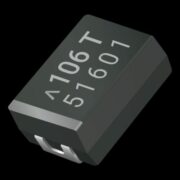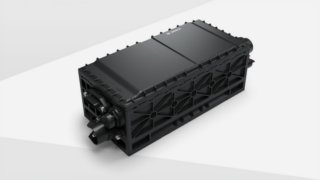Healthcare is deeply personal. Most people associate it with direct contact with doctors, nurses, and medical equipment. But for some time now, efforts have been made to take contact with medical personnel out of the equation and make the experience more about equipment. The original idea behind that approach was improving healthcare in remote locations. But technological advancements, together with economical pressure, have made the idea popular in many places. Medical crises such as the global Covid-19 pandemic accelerate the adoption of telehealth methods.
E-Health, Telemedicine, Telehealth …
The term virtual healthcare is used interchangeably with telehealth and telemedicine. In the U.S., the Health Resources and Services Administration, as well as the Department of Health and Human Services, defines telemedicine only as remote clinical services, such as diagnosis and monitoring.
At the same time, telehealth includes preventative and curative care delivery, including non-clinical applications such as administration and provider education. The World Health Organization describes telemedicine as encompassing all aspects of health care, including preventive care. In Europe, the term eHealth includes telehealth, electronic medical records, and other components of health information technology.
Whatever it’s called (we will use virtual healthcare here), all forms require excellent communication infrastructure and ideal broadband connections combined with security software and hardware. Security is a significant issue when it comes to this kind of data, so encryption is vital for ensuring trust. This type of information holds a healthcare system together, and electronic health records include critical data such as medicine dosage, insurance information, and other personal information.
The amount of medical data is growing each year. Before COVID-19 hit, researchers from Stanford University estimated an annual increase of 48 percent. This figure includes private information regarding patients, their health status, and insurance providers that circulate in a hospital or doctor’s office. Such sensitive information requires high levels of security for the patients.
That is why most countries have put rules in place to protect electronic personal health information that health-care providers, health plans, and health-care clearinghouses create, receive, use, or maintain.
Commonly, safeguards are categorized like this:
- Administrative: Assigning security responsibility to an individual and implementing security training.
- Physical: Protect electronic systems and data they hold by restricting access to EPHI and using off-site backups.
- Technical: Automated processes such as authentication controls and encrypting data during transfer.
Cloud and Edge architectures with adequate security measures can be useful because the exchange of medical data between clinical facilities, patients, researchers, and medical practitioners requires shifting enormous amounts of data.
Wearable devices and artificial intelligence
Cloud or edge applications make the use of artificial intelligence (AI) feasible even for smaller practices. Some specialties in medicine have actually taken up AI techniques over the past few years. The most popular is radiology, where remote AI platforms routinely process imaging results; from commercial vendors as well as from research facilities.
The diagnosis itself strongly depends on the relationship between patient and medical practitioner. However, many diseases can be accurately diagnosed with AI. The most notorious are diabetes and cardiovascular disease (CVD), which are in the top 10 causes of death worldwide. Because of this high mortality rate, efforts have been made to integrate various methods in helping get an accurate diagnosis.
Although mobile blood pressure and heart rate monitors, as well as blood oxygen sensors, have been in use for a long time, the advent of multi-sensor wristbands and sports watches has taken these to a new level. The amount of data collected by a device such as an Apple Watch is breathtaking. Anyway, not many doctors trust the 1-channel ECG taken by such a gadget, but its alerts can at least advise the wearer to ask for a thorough medical examination.
A fine example of medical sensor fusion is the MAX86150 Integrated Photoplethysmogram (PPG) and Electrocardiogram (ECG) Bio-Sensor Module by Maxim Integrated. For development purposes, the manufacturer provides the MAX86150 Evaluation Kit (Figure 1). ECG, PPG, and simultaneous ECG and PPG can be measured. When monitoring is active, the module uses IR Proximity Mode to detect the user’s fingers, and a red LED will turn on when a finger is near the module.










